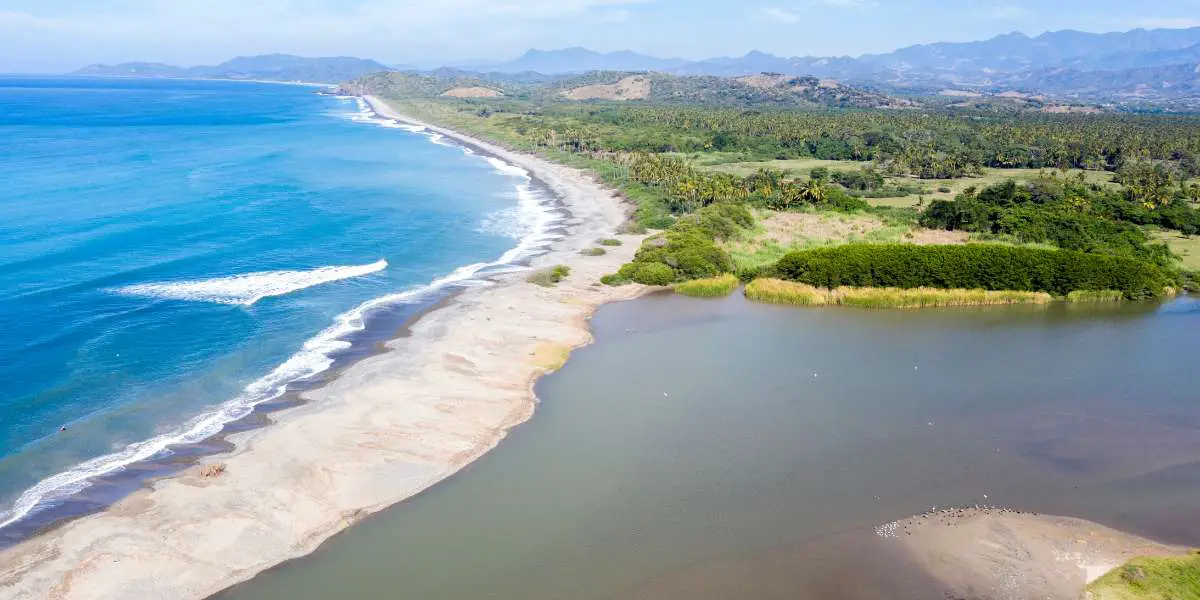The Philippines – an archipelago of over 7,000 islands – presents a complex tableau of connectivity, with profound disparities shadowing its rapid embrace of the internet. As mobile and Wi-Fi permeate Filipino life, wide gaps persist – trapping vulnerable groups in disconnectivity. This analysis traverses the variegated terrain of access and barriers across the islands, spotlighting pathways towards an inclusively connected nation.
Pockets of Progress Amid Persistent Divides
Internet adoption has surged sixfold over the past decade – with 73 million Filipinos now online. Yet stark inequalities undermine the narrative of rapid penetration:
- Only 55% of households can access internet services.
- Less than 20% of Filipinos enjoy fixed broadband connections
- Over 90% rely solely on mobile access – straining infrastructure capacity
- Rural municipalities grapple with some of Asia’s worst connectivity rates
Table 1. Digital Adoption Across Philippine Provinces
| Region | % Households with Internet Access | Average Download Speed (Mbps) |
|---|---|---|
| National Capital Region (Manila) | 29% | 12.46 |
| Calabarzon | 13% | 7.21 |
| Central Luzon | 11.3% | 5.67 |
| Bicol | 5.2% | 3.12 |
| Western Visayas | 3.4% | 2.76 |
Source: We Are Social Hootsuite Digital 2022 Report
With vast divides separating Manila’s digital hubs from rural communities – unlocking equitable access demands targeted connectivity solutions spanning both mobile and Wi-Fi.
Charting the Uneven Wi-Fi Landscape
Beyond households, Wi-Fi hotspots enable localized wireless access in public spaces and private establishments – yet patterns spotlight deep disparities.
Wi-Fi Abundance Concentrated in Manila
The density of over 13,000 hotspots across Metro Manila offers seamless Wi-Fi connectivity in the capital region – spanning malls, offices, cafes, and commercial centers.
Scattered Coverage in Secondary Cities
Major urban zones including Cebu and Davao host growing but limited hotspot networks – clustering mainly across colleges, airports, and cafes. Reliability issues frequently plague connections.
Connectivity Deserts in Rural Areas
With less than 3% hotspot penetration in the countryside, Wi-Fi access remains scarce in remote villages – heightening dependence on mobile networks.
The Widening Rural-Urban Chasm
Manila’s Wi-Fi penetration mirrors tech epicenters like San Francisco. Yet the yawning rural gap exacerbates socioeconomic inequalities:
- 65% of Filipinos still reside in rural barangays.
- 23 million rural citizens lack internet access.
- Network limitations hinder rural telehealth, education, financial services, and e-commerce.
Addressing the hinterlands’ pervasive disconnectivity is thus an urgent priority.
Initiatives to Expand Rural Wi-Fi Access
Ongoing initiatives pursue hotspot proliferation amid funding and infrastructure hurdles:
- Government partnership with telecom operator Smart Communications aims to provide public Wi-Fi in over 1000 rural towns by end-2023.
- E-Tap hubs being rolled out by non-profit Inveneo deliver solar-powered Wi-Fi kiosks in remote villages.
As rural infrastructure develops, public-private coordination remains key to sustainability beyond pilot deployments.
Scoping the Mobile Connectivity Landscape
With widespread smartphone adoption, mobile has emerged as the linchpin of Philippine internet usage – offering a path to bridging urban-rural divides.
Mobile Broadband Goes Mainstream
Robust adoption metrics reveal soaring usage:
- 79% of Filipinos connect via mobile phones – up from just 3% a decade ago.
- Affordable prepaid smartphone plans have fueled 135% subscriber growth since 2016.
- Mobile video streaming has risen fifteenfold amid the pandemic.
However, geographic, economic, and infrastructure bottlenecks temper mobile’s connectivity impact…
Manila Claims the Lion’s Share of 4G Services
While 99% of urban Filipinos enjoy 4G coverage, rollout lags across Visayas and Mindanao:
- 4G reaches less than 50% of Mindanao’s population.
- With limited 3G/4G signals, 36% of Visayas households lack mobile internet.
Rural Connectivity Barriers Multiply
From severe network gaps to financial barriers, rural inclusion remains distant despite growing mobile penetration:
- Only 20% of rural communities receive 3G signals while 13% still lack even basic 2G.
- The average rural user spends P130 weekly for 1.5GB data – over 20% household income.
Gender Gap in Mobile Ownership
Pinpointing differences in digital literacy and financial independence, women demonstrate lower mobile ownership:
- 15% fewer rural women own mobile phones vs men.
- Cost and security concerns dominate non-adoption among women.
Closing enduring mobile divides hinges on modernizing infrastructure while elevating digital skills and affordability.
Charting Convergence Across Wi-Fi and Mobile
While satellite and cellular breakthroughs expand frontiers of connectivity, fully realizing universal access in the Philippines demands harnessing network synergies.
| Wi-Fi | Mobile Internet |
|---|---|
| High-speed, high capacity | Ubiquitous ‘anywhere’ availability |
| Reliability in controlled spaces | Consistent connectivity across mobility |
| Lower cost per GB data | Affordability issues remain |
| Limited coverage zones | Reaching remote communities |
Multi-Access Convergence – A Unified Connectivity Architecture
Converging access mediums can potentially overcome individual limitations:
- Mobile connects users across locales while Wi-Fi efficiently handles high-bandwidth usage.
- Intelligent network selection maximizes performance as users roam across hotspots.
- Carrier offloading to Wi-Fi alleviates congestion on cellular networks.
Early strides towards convergence are highlighted in Smart Communications’ shift to multi-access data services – blending cellular and Wi-Fi with eventual 5G integration.
Grassroots Mesh Networks – Rural Connectivity Grown from Communities
Bottom-up initiatives likewise pursue convergence around communities’ connectivity needs:
- Localized mesh networks like LibreMesh knit together decentralized Wi-Fi routers to spread affordable coverage.
- Emerging community-based ISPs tackle last-mile access gaps neglected by telcos.
Thus alongside nation-wide infrastructure upgrades, networks woven from people upwards create localized connectivity lifelines – lighting the path towards equitable access across the archipelago.
Final Thoughts
In charting the contours between connectivity abundance permeating Manila and the profound scarcity shadowing rural villages, this analysis unveils the deep divides belying the optimism of rising internet adoption. Realizing equitable inclusion demands tackling both wi-Fi and mobile limitations through systematic upgrades spanning infrastructure, technology, affordability, policy, and digital literacy. While access gaps persist, initiatives seeded across communities lay frameworks for connectivity to arc across islands – lifting more Filipinos towards digital empowerment. In weaving a convergence of access channels led by people’s needs, the internet’s transformative potential springs more fully within reach – connecting dreams across distances.





